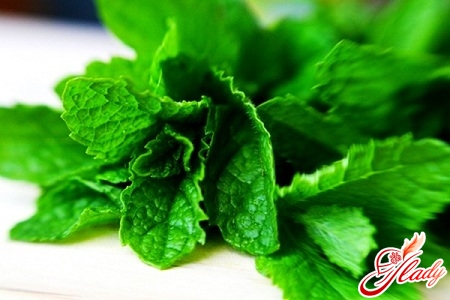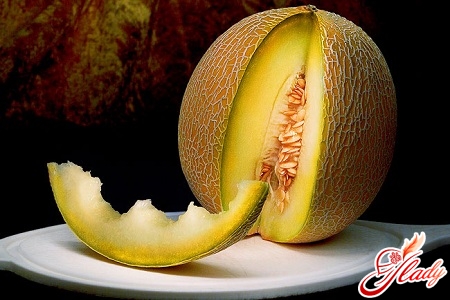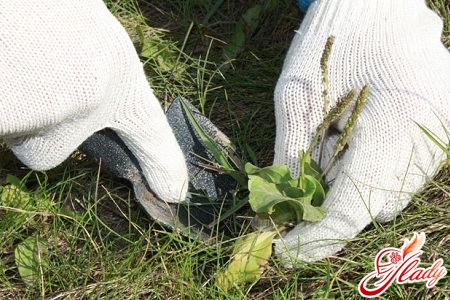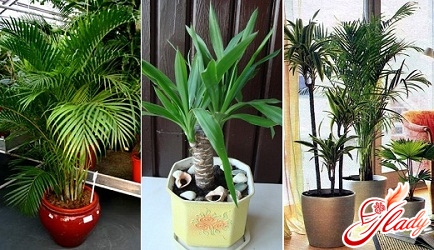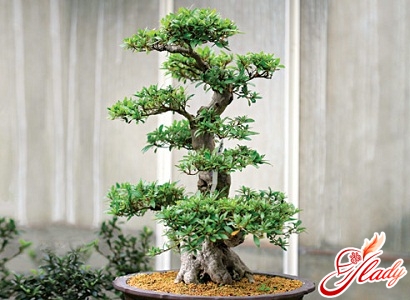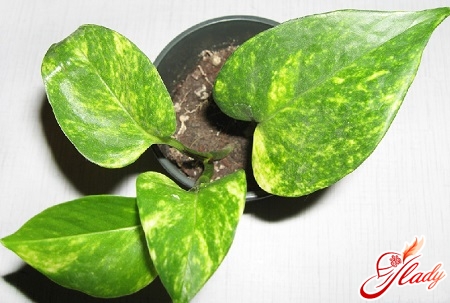 Most ficus trees grow in the tropics andsubtropics, where vegetation of all plants continues all year round. Our climate implies frequent seasonal fluctuations, therefore ficus in winter requires more thorough, complex care, which includes a number of features. In particular, this concerns such factors as temperature, water regime and nutrition, as well as humidity. If one of the factors changes, the others must change too. But first things first. In order for the plant to survive the winter without diseases and without any other damage to itself, you will have to provide it with proper care.
Most ficus trees grow in the tropics andsubtropics, where vegetation of all plants continues all year round. Our climate implies frequent seasonal fluctuations, therefore ficus in winter requires more thorough, complex care, which includes a number of features. In particular, this concerns such factors as temperature, water regime and nutrition, as well as humidity. If one of the factors changes, the others must change too. But first things first. In order for the plant to survive the winter without diseases and without any other damage to itself, you will have to provide it with proper care.
Compensate the lack of sun
It is known that ficus is a heat-loving plant,which prefers to grow in a well-lit place. In the autumn and winter, caring for ficus is complicated precisely because of the lack of heat and light. In winter, use mercury and fluorescent lamps as additional lighting, as well as sodium and metal halide lamps, paying attention to their spectrum. For example, if the ficus is small, then a compact small fluorescent lamp with an E27 base and a power of about 25W will be enough. Such lighting should be fixed at a height of twenty centimeters from the foliage of the tree, for about six to eight hours in the morning or evening. As a rule, ficuses of variegated forms need an additional light source.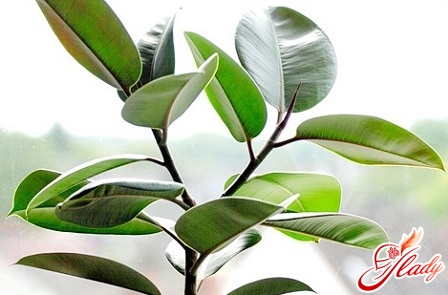
Required humidity
To properly care for a ficus in winter,It is necessary to maintain optimal humidity levels. Ficus requires 60-70% humidity, but in winter, in rooms with central heating, the humidity is extremely low - on average 35%. This is unacceptable for such a plant. To increase humidity, do not forget to include spraying with warm water in your daily tree care. You can use special humidifiers, as well as trays filled with expanded clay. For this purpose, beautiful decorative fountains are sold today, which can create ideal humidity for the ficus, and at the same time decorate the decor of the room. But it is recommended to place containers with liquid on heating radiators. If the plant is small, it is better to place it in a mini-greenhouse. If the room is poorly lit in winter, it is hot in it and the humidity levels do not reach the norm, the ficus may shed its leaves or turn yellow. In particular, this applies to the Benjamin ficus - the most popular indoor variety of this genus. To prevent the death of the tree, provide it with proper care from the beginning.
We fight with cold
It is important to ensure that during the winter periodyears the ficus did not freeze. The main source of hypothermia of the tree, of course, is low temperature, less than fifteen degrees. For tropical varieties of ficus, this is unacceptable. It is recommended not to buy ficuses in winter and not to carry them outside during this period of time, otherwise the tree will become too cold and quickly die. Ficus is also afraid of ventilation and drafts. To ensure good care for the plant, place the pot with the tree as far as possible from open windows, doors, that is, in a quiet place where no one will disturb the ficus. It is recommended to insulate the windows so that if the ficus is on the windowsill, it will not be draughty. In winter, you need to put a special insulating material under the pot with the ficus. This can be felt or wooden planks. Alternatively, newspapers and polystyrene foam will do. Please note that ceramic pots freeze much more than plastic ones, and this is of great importance for the soil - it should not cool down either. In a warm room, ficus leaves evaporate water faster than in a cold one. At the same time, strong hypothermia of the soil prevents the earthen lump and root system from absorbing all the useful substances from the outside. In addition, moisture also becomes unavailable to the plant. All this can lead to the rapid death of the ficus, so it is very important to properly care for the soil and roots, especially when it is cold indoors and outside. Make sure that the crown of the ficus does not touch the window panes. Even a small local frostbite can lead to the loss of leaves or their deformation, and subsequently to their complete death and decay. Just move the pot with the tree away from the window - the further, the better. Considering the question of how to properly care for ficuses in the cold season, we cannot fail to mention the water used to water the plant. Many make the same mistake: they collect water from the tap and water the plant with it. Remember - you should never do this! Water for irrigation must be above thirty degrees, and must be settled. Ficus should be watered only when necessary, both in summer and winter. Winter care involves fighting pests that periodically affect ficus. As a rule, these are scale insects, aphids and mites. In addition, due to improper maintenance conditions, ficus is quickly exposed to diseases. For example, an excessively dry place can lead to the reproduction of mites, but improper humidity and coolness are an ideal environment for fungal diseases. It is extremely important to periodically inspect the greenery using a magnifying glass - this will help to identify a possible disease and pest in time. The above requirements are very important to follow if you are growing such an exotic tree as ficus. It is worth noting that ficus is not the most fastidious plant - caring for it is not too difficult and does not entail significant financial costs, so you can safely add ficus to your home flower garden.




